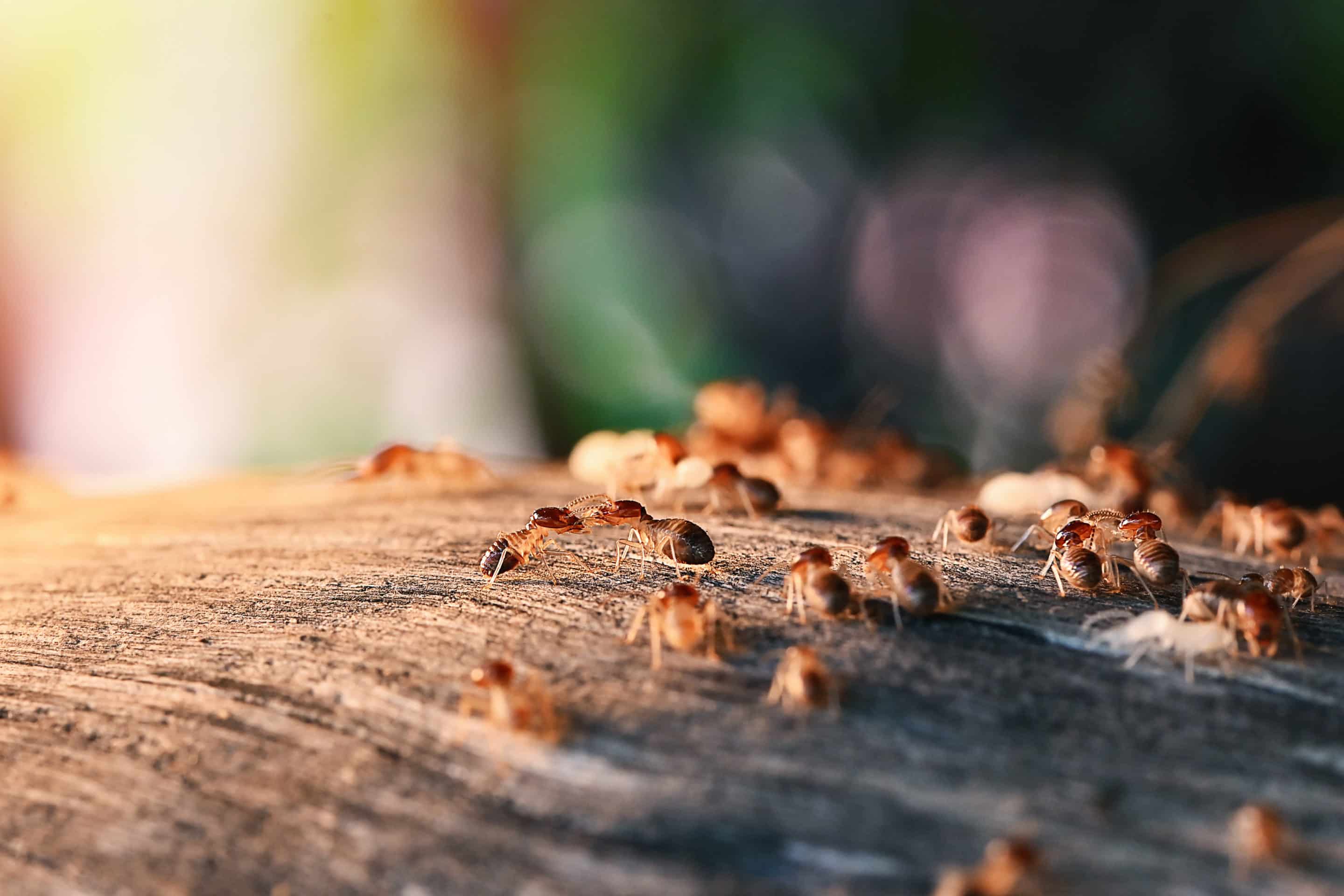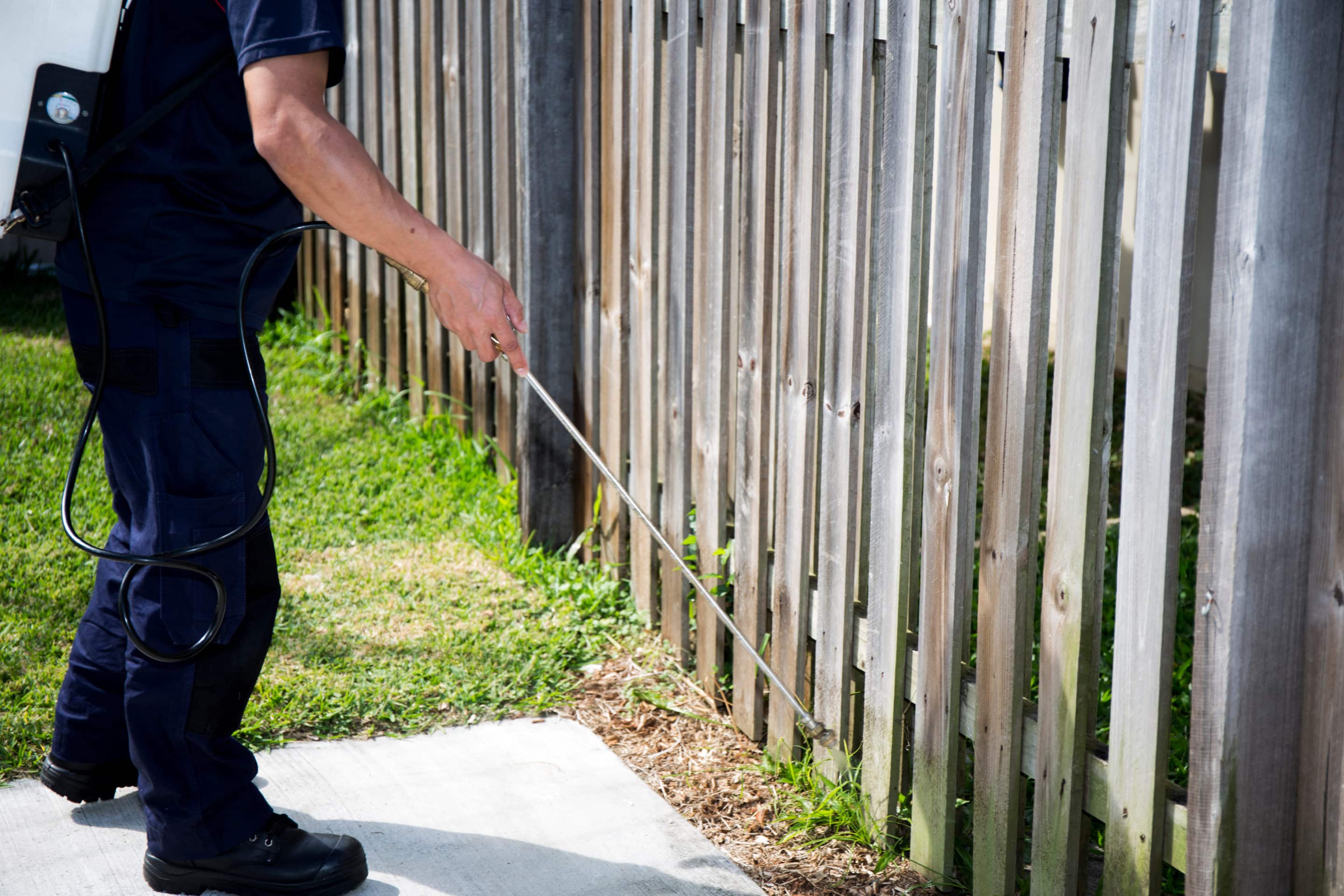There is a popular saying in the Midwest about termites. It’s not if you will get them in your home, but when. Many homeowners have a fear of termites, and for good reason. Termites cause around five billion dollars in damages annually in residential homes. The biggest reason for this is we build our homes out of the one thing termites love to eat, wood.

Homeowners need to understand that water is the root of all evil when it comes to their home for many reasons. In this case, termites must live in an environment that has an elevated level of moisture. This means they need a constant water source or the optimal ground conditions to even survive. The key to avoiding termites or limiting their damage when they find your home is to know how they behave and what kind of environment they need to live.
Limiting Moisture
Moisture intrusion is the biggest cause of issues in a home, not only with termites but also wood rot and mold. Making sure your gutters are always clean and the downspouts run a minimum of five feet away from your home can keep most of the water out. If you have any outside dripping faucets or HVAC condensation lines that drip at the side of your home, they should be corrected. Keeping your house dry and exterior wood coated with stains or paint will also help prevent termites. If you take away the things they need to survive, they will not stay.
Proper Landscaping
A well-landscaped home not only looks nice but helps prevent termites as well. The grading of your exterior should be sloped away from your home so that water cannot rest within five feet. You want any water that is near the house or yard to drain away from the house. Choosing plants that don’t require a lot of water reduces the amount needed and will limit rooting issues against the foundation. Also, consider the type of ground cover utilized in your beds. Mulch tends to be the choice of most homeowners for several reasons. It looks great, is cost-effective up front, and it is easy to install. But mulch is wood. Termites eat wood. There are other alternatives to wood mulch. You can add rubber mulch or landscaping gravel. These alternatives are more expensive up front but don’t have to be added every year, and termites do not like living in them. This is a huge deterrent in keeping them away from your home and out of the wood in it.

Wood Piles
Like wood mulch, keeping wood piles stacked against your home is another wood source for termites. The same goes for cardboard boxes or other paper products stored in your garage or crawlspace. Termites will seek these materials out for food. If you do need to store these types of items, they should all be elevated off the ground where stored. Again, this makes it much harder for termites to access and set up shop.
Siding Clearances
Homes are built out of the ground to prevent moisture and pest intrusion. The foundation is made up of concrete or pressure-treated lumber that prevents decay. The regular timbers are used out of the ground. Around every home, a layer of masonry or a gap between your house and the ground should be visible if built on posts. None of the siding should be covered by dirt or landscaping. This allows proper water shedding and dry out when needed and gives you a line of sight around the home for detecting any issues.
Annual Pest Inspection
An annual pest inspection is highly recommended as part of a prevention plan. Always research and select a reputable company. This can also be a DIY plan but remember that a consistent schedule is key. Treating pests when you see them typically means the problem is bigger than you know. Having your home checked annually allows you to make sure your home will not be damaged. Your home inspector can also let you know the current condition of your home with a pest inspection.

Pre-treat for Termites
The best way to limit termites or limit the amount of damage they can do is to have your home pre-treated. This treatment is no different than a regular treatment. It is just completed before termites are found and can be monitored with a prevention plan. The pest company will create a barrier around the home by putting chemicals into the ground around the footings. This is where a colony will typically nest. Some homeowners don’t like the idea of chemicals being poured into the ground around their home. Talk with your pest company about your concerns and ask about alternative options for prevention. They might use a bait station system. These are green stations that are placed in the ground a few feet away from each other around your home. A bait (a chemical-soaked piece of wood) is placed in each station for termites to find. These stations are checked annually for activity.
Termites are most likely not going to be an if but a when. Therefore, an annual inspection can help limit the amount of damage caused. Pest companies are happy to help with treatments if you are not comfortable with a DIY approach. However, even a pre-treatment is only good for so long. As time goes by, the chemical weakens through natural progression or by re-doing landscaping. It is important to keep up on these maintenance items to help not only prevent termites, but foundation and mold issues as well. Keeping your home as dry as possible will help it stand the test of time.
